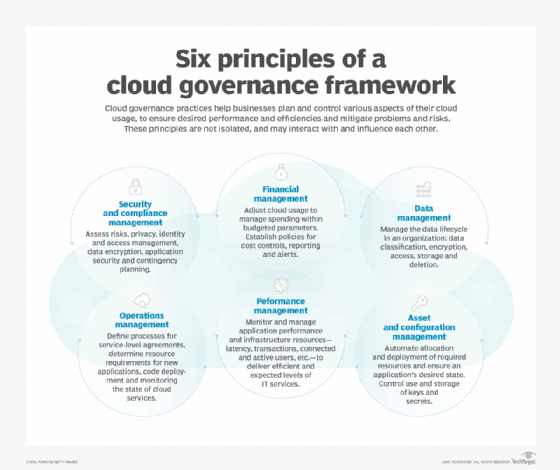What is SOC 1 (System and Organization Controls 1)?
System and Organization Controls 1, or SOC 1 (pronounced “sock one”), aims to control objectives within a SOC 1 process area and documents internal controls relevant to an audit of a user entity’s financial statements.
What is a SOC 1 report?
A SOC 1 report evaluates service organization controls that are applicable to a user entity’s internal control over financial reporting. It is specially designed to meet the needs of user entities and the accountants who audit their financial statements and is essentially an evaluation of the effectiveness of a service organization’s internal controls.
There are two types of SOC 1 reports:
- SOC 1 Type 1. The SOC 1 Type 1 report concentrates on the service organization’s system, the suitability of the system controls for achieving control objectives and the description on a specified date.
These reports are often restricted to user entities, auditors and managers, typically those who belong to the service organization. A service auditor performs SOC 1 reports that cover the requirements of Statement on Standards for Attestation Engagements No. 16 (SSAE 16).
- SOC 1 Type 2. The SOC 1 Type 2 report has the same analysis and opinions found in a Type 1 report but also includes views on the operating effectiveness of preestablished controls designed to achieve all related control objectives established in the description over a specified period.
In this report type, control objectives address potential risks that internal controls intend to mitigate. The report’s scope includes all of the relevant control domains and provides reasonable assurances that internal control over financial reporting is restricted to only authorized individuals. It also ensures that they are limited to performing only appropriate and authorized actions.
The object auditor works closely with management to identify control objectives that best address the potential risks taken by users of the system. These control objectives are supported by controls within any given process, and each objective must have several controls designed to operate effectively and make the control objective statement.
However, the auditor is not required to provide absolute assurance that the entity will meet all control objectives. This is because control in different areas may fail, and management can still set up other controls to meet reasonable assurances.

Why do you need a SOC 1 report?
When enterprises depend on the controls at a service organization to accomplish effective control over their financial reporting process, as in the case of a company that relies on a payroll provider for payroll processing and management, they want to see their SOC 1 reports for evidence of their operating effectiveness.
The SOC 1 report was previously known as the Statement on Auditing Standards No. 70. This report was eventually replaced by SSAE 16.
Although there are no formal requirements for SOC examinations, businesses increasingly demand them. The primary purpose of a SOC audit is to ascertain the effectiveness of a company’s internal safeguards and controls with independent and actionable feedback.
A SOC 1 report also helps financial statement auditors minimize audit processes. Sophisticated service organizations also rely on them to confirm that all data and systems are secure and protected.
[embedded content]
What is SOC 1 compliance?
SOC 1 compliance describes the process of maintaining all SOC 1 controls included within a SOC 1 report over a predefined period of time. In this scenario, SOC 1 compliance ensures the operating effectiveness of SOC 1 controls. These SOC 1 controls are often business process controls and IT general controls used to provide reasonable assurance regarding the control objectives. SOC 1 may be required as part of compliance requirements if the organization is a publicly traded company.
What is SOC 1 certification?
SOC 1 certification is required when an entity’s services impact a user entity’s financial reporting. For example, if a manufacturer uses a component that Company ABC has in its product, Company ABC’s business impacts financial reporting. SOC 1 certification is also necessary when an organization demands the right to audit before engaging an organization.
See also: tactics organizations can adopt to drive cloud security practices, key elements to follow data compliance regulations and how to approach cloud compliance monitoring.
This was last updated in April 2022
Continue Reading About SOC 1 (System and Organization Controls 1)
